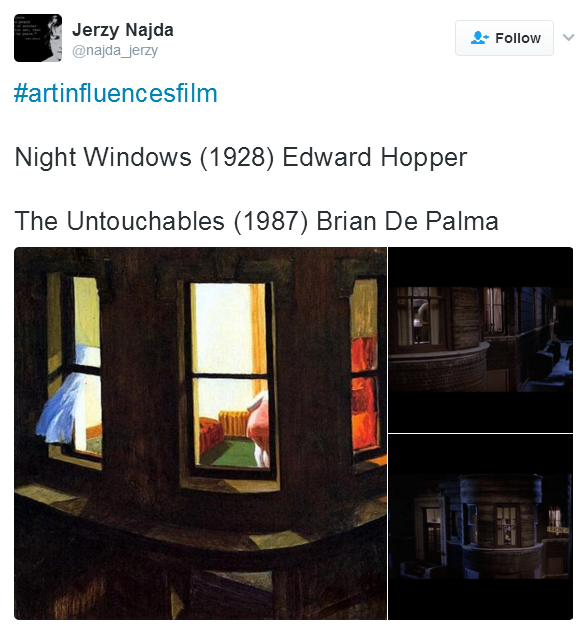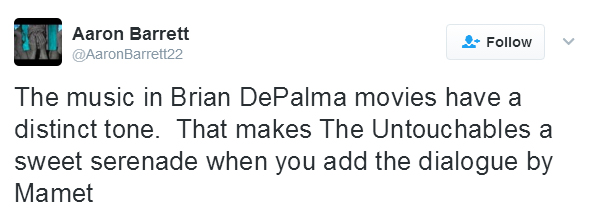
Updated: Monday, February 13, 2017 8:11 AM CST
Post Comment | Permalink | Share This Post
 Hello and welcome to the unofficial Brian De Palma website. Here is the latest news: |
|---|
E-mail
Geoffsongs@aol.com
-------------
Recent Headlines
a la Mod:
Listen to
Donaggio's full score
for Domino online
De Palma/Lehman
rapport at work
in Snakes
De Palma/Lehman
next novel is Terry
De Palma developing
Catch And Kill,
"a horror movie
based on real things
that have happened
in the news"
Supercut video
of De Palma's films
edited by Carl Rodrigue
Washington Post
review of Keesey book
-------------
Exclusive Passion
Interviews:
Brian De Palma
Karoline Herfurth
Leila Rozario
------------
------------
| « | February 2017 | » | ||||
| S | M | T | W | T | F | S |
| 1 | 2 | 3 | 4 | |||
| 5 | 6 | 7 | 8 | 9 | 10 | 11 |
| 12 | 13 | 14 | 15 | 16 | 17 | 18 |
| 19 | 20 | 21 | 22 | 23 | 24 | 25 |
| 26 | 27 | 28 | ||||
De Palma interviewed
in Paris 2002
De Palma discusses
The Black Dahlia 2006

Enthusiasms...
Alfred Hitchcock
The Master Of Suspense
Sergio Leone
and the Infield
Fly Rule
The Filmmaker Who
Came In From The Cold
Jim Emerson on
Greetings & Hi, Mom!
Scarface: Make Way
For The Bad Guy
Deborah Shelton
Official Web Site
Welcome to the
Offices of Death Records

 Universal really is ramping up its new Scarface remake. According to Deadline's Anthony D'Alessandro, the studio announced today that it has set a release date for the film: August 10, 2018. "The studio already had RSVP’ed the date under untitled event film," D'Alessandro states. "The Coen brothers are rewriting the script, the studio said. The siblings won’t direct. Several filmmakers are up for the job, notably Hell or High Water‘s David Mackenzie and Patriots’ Day’s Peter Berg."
Universal really is ramping up its new Scarface remake. According to Deadline's Anthony D'Alessandro, the studio announced today that it has set a release date for the film: August 10, 2018. "The studio already had RSVP’ed the date under untitled event film," D'Alessandro states. "The Coen brothers are rewriting the script, the studio said. The siblings won’t direct. Several filmmakers are up for the job, notably Hell or High Water‘s David Mackenzie and Patriots’ Day’s Peter Berg."Previously:
Fuqua drops out of Scarface remake; Diego Luna will play lead
Terence Winter to tackle Scarface script
The Scarface remake just got a lot less interesting
Scarface remake is Larraín's dream project
The Scarface remake just got a lot more interesting
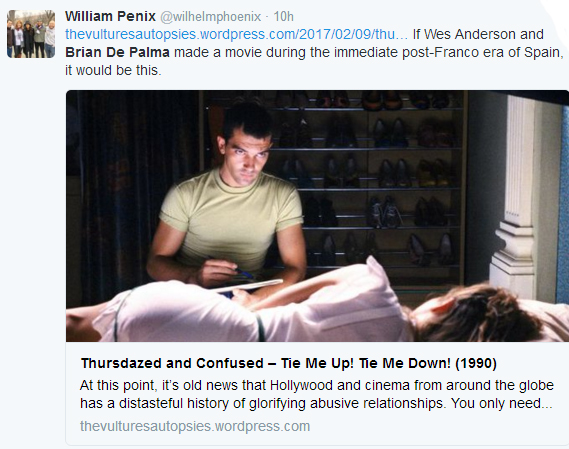
For younger viewers previously unfamiliar with Almodóvar – it should be noted this is the first film of his I’ve seen – you’ll find that his visual sense is strongly akin to Wes Anderson in his use of garish color palettes to make the mise-en-scène pop and purposefully call attention to the focal points of the frame. But while most cases of Anderson’s use of color bears some semblance of uniformity, Almodóvar’s in Tie Me Up! Tie Me Down goes all over the map with light and vibrant hues of blue, green, red and orange. It’s a purposeful clash that draws our attention, tells us where to look and exists as a visual rebellion, of sorts.It may bear the mark of the decade it left behind, but so does Ennio Morricone’s curious score. In what can only be described as electronic camp, Morricone’s compositions bounce in and out between the romantic and the sinister, often to the confusion of audience members as the film is in the early stages of labeling Banderas’s Ricky as an amorous man or unbalanced sociopath. But, the amalgamation of production design and score is key here, and in fact is reminiscent of Brian De Palma’s work, particularly 1984’s Body Double.
Almodóvar uses both similarly in their respective conflicts with the film’s tone, and derives most of the film’s humor from those contradictions. There are a few instances when Almodóvar’s irreverently pitch black humor is made explicit in the language, but he’d much rather emotionally unsettle his viewers by, for instance, having Banderas’s Ricky carry a bound and gagged Marina (Abril) across the threshold amidst the most dazzling array of reds and blues. It isn’t just the context of the scene that’s uncomfortable, but arguably, it’s the choice of color that makes this feeling even more pronounced.
That sort of responsibility is what speaks to Almodóvar’s cunningly sensitive direction, as well as José Luis Alcaine’s cinematography. The aesthetics never make the premise any less disturbing, but rather heighten our discomfort at their deliberate opposition.
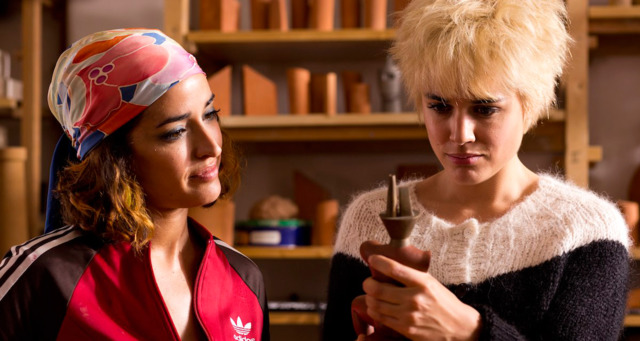
Adapted from three short stories by Alice Munro, Julieta has a nimble structure, one that spans multiple time periods, family drama, cultural and religious conflict, the bonds of fidelity, and even a sexy train-based mystery with a very specific tribute to the fashions and hair of Brian DePalma’s Body Double. But its spine (and heart) is the chasm at the center of the titular character’s life left by the 12-year absence of her daughter Antía, and it’s a mystery we unravel one brightly colored thread at a time. The performances are stellar, with Emma Suárez and Adriana Ugarte bringing Julieta (as her older and younger selves, respectively) to tangible life. These women are the emotional foundation upon which Almodóvar builds another of his magnificent houses of catharsis, with the added bonus of an iconic return for Rossy DePalma.

"The superhero show that dares to be boring" is a strange selling point, but that's a pretty fair description of "Legion," a loosely connected offshoot of the "X-Men" comic book franchise that operates on an almost wholly cerebral level, including its treks -- slow, surreal and trippy -- through a highly developed mutant mind.As such, enjoying this FX series will require not only considerable patience but realistic expectations, as series overseer Noah Hawley -- fresh off a triumphant run with "Fargo" and its prequel -- is content to gradually drill down into his protagonist's psyche, without much apparent concern about excitement or pacing.
Dan Stevens (formerly of "Downton Abbey," soon featured in "Beauty and the Beast") stars as David Haller, a man who grew up in and out of institutions. He's not crazy, though, but rather blessed (or cursed) with extraordinary mutant powers that he's been unable to control, which have risked driving him mad.
Subjected to experimentation by shadowy government officials, there's more than a touch of Brian De Palma's "The Fury" in David's plight, although the series was actually adapted from comics spun out of the "X-Men" universe.
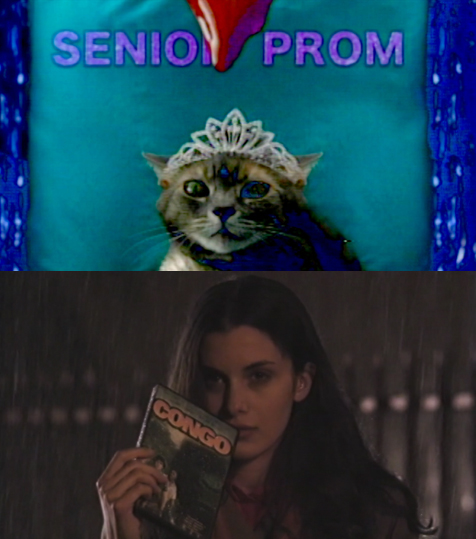
The performances are aided by a directorial eye that lasers in on things most directors would gloss over. Mike’s job as a dog groomer is explored in lurid detail, his boss waxing poetic over lathering techniques and engaging in a lengthy diversion into the need for expressing dogs’ anal glands. A significant portion of the film’s running time is made up of investigations into the logistics of Mike’s Cat Carrie production. Another lengthy sequence involves the dissection of a stranger’s DVD collection, with prominent shout-outs to Congo and Howard the Duck that ride waves of audience laughter with ease. Even ordinary dialogue exchanges are frequently given subtle, unexpected twists that push them into the realm of the absurd.Shot in 4K on Red cameras and downgraded through DVD players, MiniDV, and VHS tapes, She’s Allergic To Cats is a lo-fi fever dream that is at once grungy and conventionally well-shot, with a warmth to the image you don't see often in digital indie features. But while the film’s full of tracking errors and abstract video art, Reich doesn’t use VHS artifacts as an affectation, as many of his contemporaries do. Instead, it’s expressive, appearing at times of high emotion, representing Mike’s increasingly inner turmoil over his decidedly low-stakes situation. Scenes become degraded to varying degrees because of what the scenes need, not to satisfy some desire for retro-aesthetic wankery. Reich’s background in video art lends him a smart sense of when to use it and why.

And then in his final paragraph, Chang states: "There’s nothing wrong with trying to give science fiction an accessible, emotional dimension: Ridley Scott’s The Martian managed it beautifully and so, for that matter, did Brian De Palma’s underrated Mission to Mars. But the clumsy, hurtling rhythms of The Space Between Us, much like its credulity-straining visual effects, betray a movie utterly disengaged from its own premise. Far from amplifying the human factor, it merely cheapens and diminishes everything it touches, not least the audience’s capacity for wonderment and surprise."
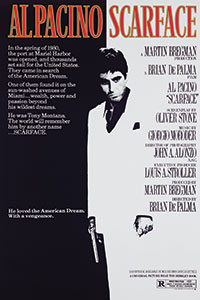 Variety's Justin Kroll posted an exclusive last night about Universal's Scarface remake, indicating that, as the studio is eager to get the production up and running by this spring, Antoine Fuqua has decided to drop out due to scheduling conflicts with his Denzel Washington-starring sequel to Equalizer. "Sources say Fuqua very much wanted to do the film," states Kroll, "and that he and his team were still trying to figure out a way to make it work even as Uni was meeting with other directors. But ultimately, Fuqua had already spent so much time developing the script for the next Equalizer that he simply couldn’t move on from a project he had so much invested in." (Now would be a great time to see if Pablo Larraín is available again.)
Variety's Justin Kroll posted an exclusive last night about Universal's Scarface remake, indicating that, as the studio is eager to get the production up and running by this spring, Antoine Fuqua has decided to drop out due to scheduling conflicts with his Denzel Washington-starring sequel to Equalizer. "Sources say Fuqua very much wanted to do the film," states Kroll, "and that he and his team were still trying to figure out a way to make it work even as Uni was meeting with other directors. But ultimately, Fuqua had already spent so much time developing the script for the next Equalizer that he simply couldn’t move on from a project he had so much invested in." (Now would be a great time to see if Pablo Larraín is available again.)Previously:
Terence Winter to tackle Scarface script
The Scarface remake just got a lot less interesting
Scarface remake is Larraín's dream project
The Scarface remake just got a lot more interesting
